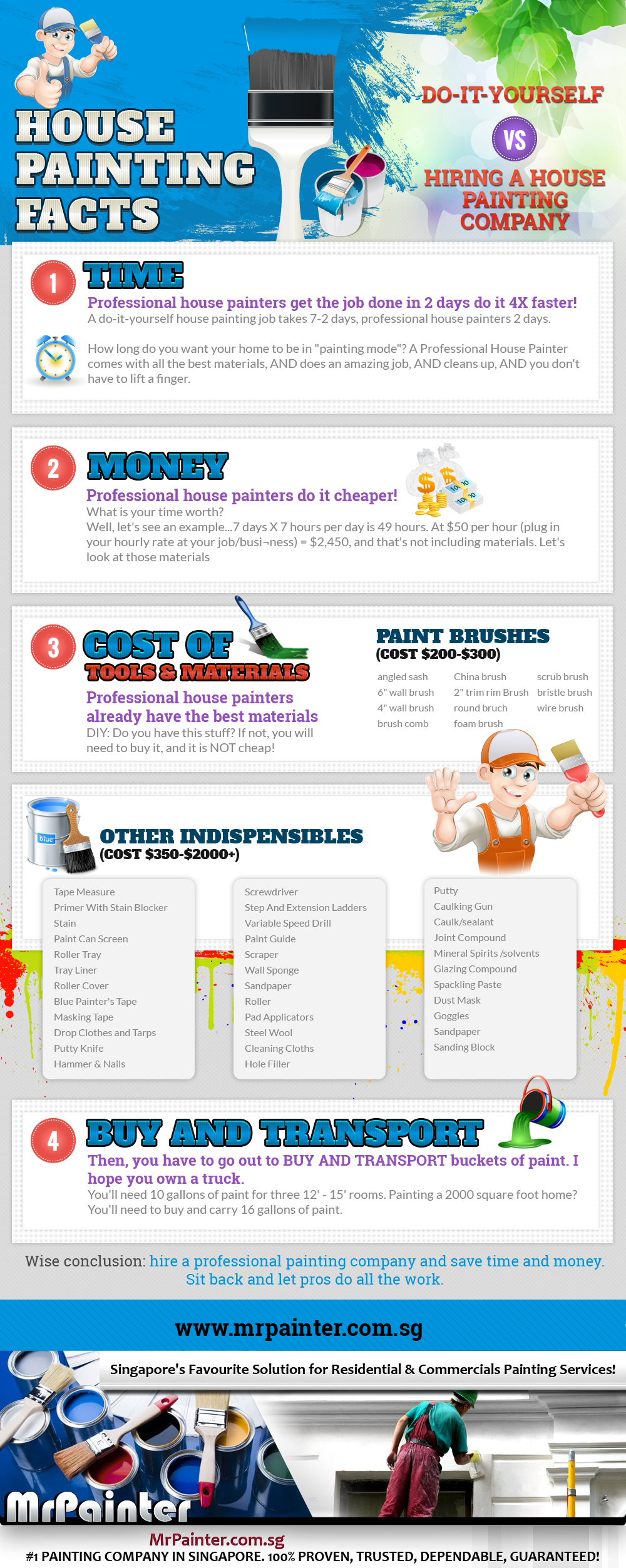Variables To Take Into Consideration For Industrial Outside Paint By Season: Important Details You Should Have
Variables To Take Into Consideration For Industrial Outside Paint By Season: Important Details You Should Have
Blog Article
Author-Korsholm Whalen
When you're planning a commercial outside painting task, seasonal elements can make or damage your outcomes. You'll intend to think about just how temperature and humidity influence paint application and drying out times. Choosing the right season can guarantee your paint sticks correctly and lasts longer. However which seasons are genuinely the most effective for this sort of job? Let's discover the key elements that can affect your task's success.
The Impact of Temperature on Paint Application
When you're intending a commercial external painting task, the temperature level can significantly impact how well the paint sticks and dries out.
Preferably, you want to repaint when temperature levels vary between 50 ° F and 85 ° F. If it's also cold, the paint may not treat correctly, causing concerns like peeling off or splitting.
On the other hand, if it's too hot, the paint can dry also swiftly, avoiding appropriate adhesion and leading to an unequal finish.
You must also consider the time of day; early morning or late afternoon uses cooler temperature levels, which can be a lot more favorable.
Always examine the supplier's referrals for the details paint you're utilizing, as they often provide guidance on the optimal temperature level range for optimum outcomes.
Moisture and Its Result on Drying Times
Temperature isn't the only environmental factor that affects your commercial external paint task; moisture plays a considerable role as well. High humidity levels can reduce drying out times substantially, impacting the overall quality of your paint job.
When the air is saturated with wetness, the paint takes longer to heal, which can cause issues like poor adhesion and a greater threat of mildew growth. If you're repainting on a specifically humid day, be planned for prolonged delay times in between coats.
browse around here to monitor local weather and strategy accordingly. Preferably, aim for humidity levels between 40% and 70% for ideal drying.
Maintaining these consider mind guarantees your project remains on track and delivers a long-term finish.
Best Seasons for Commercial Outside Paint Projects
What's the best time of year for your commercial exterior painting tasks?
Springtime and early fall are generally your best choices. Throughout these periods, temperature levels are moderate, and moisture levels are frequently lower, developing perfect conditions for paint application and drying out.
Stay clear of summertime's intense heat, which can create paint to dry as well quickly, causing bad bond and coating. In a similar way, winter months's cold temperatures can hinder correct drying out and healing, running the risk of the longevity of your paint work.
what does expired paint look like on walls for days with temperature levels in between 50 ° F and 85 ° F for ideal results. Remember to inspect the local weather prediction for rainfall, as wet conditions can wreck your project.
check here around these variables guarantees your painting task runs efficiently and lasts longer.
Verdict
Finally, planning your business external paint jobs around seasonal considerations can make a substantial difference in the outcome. By organizing Read A lot more throughout the excellent temperature levels and humidity levels, you'll make certain better attachment and drying out times. Keep in mind to keep an eye on neighborhood weather prediction and choose the right time of year-- springtime and early autumn are your best bets. Taking these steps will certainly assist you accomplish a sturdy and specialist finish that lasts.
